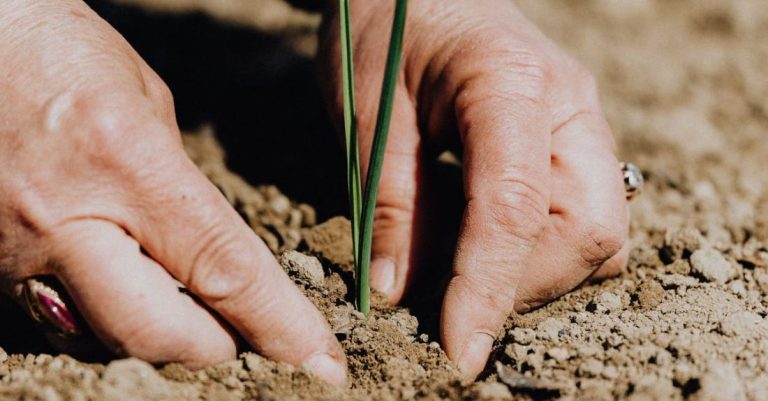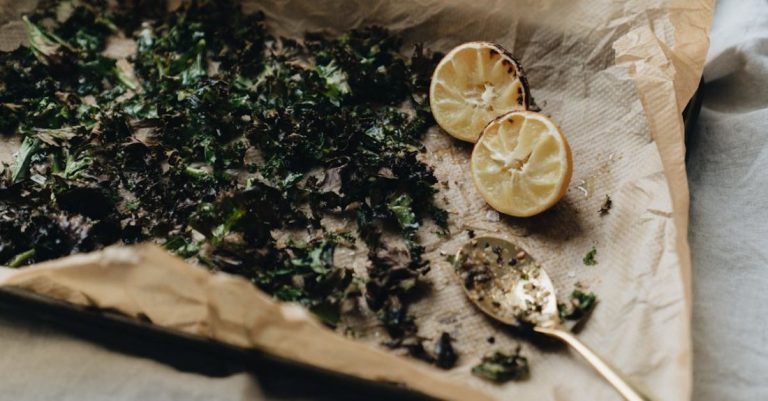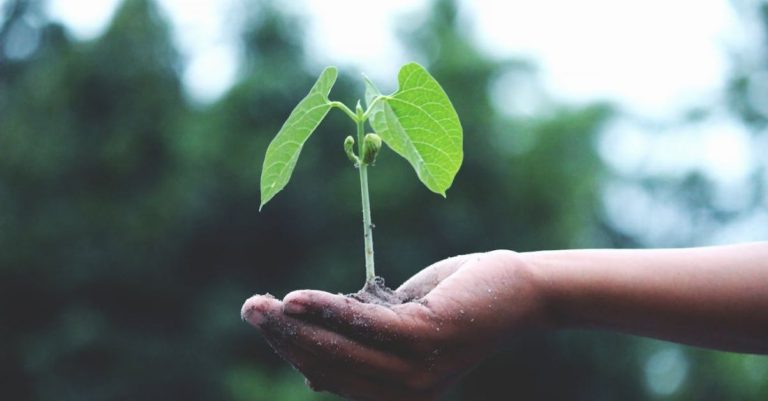
Are you noticing that the leaves of your plants are starting to turn yellow? It can be concerning to see this change in your greenery, but fear not, as there are various reasons why your leaves may be changing color. Understanding the potential causes can help you address the issue and ensure the health of your plants. Let’s delve into why your leaves might be turning yellow.
### Lack of Nutrients
One common reason for yellowing leaves is a lack of essential nutrients. Plants require various nutrients to thrive, and if they are not receiving adequate amounts, it can manifest in yellowing foliage. Nitrogen, potassium, and iron are crucial for plant health, and deficiencies in these nutrients can lead to yellow leaves. Ensure that your plants are receiving the proper balance of nutrients through fertilization or soil amendments to address this issue.
### Overwatering or Underwatering
Another factor that can contribute to yellow leaves is improper watering. Both overwatering and underwatering can stress plants, leading to nutrient deficiencies and yellowing foliage. Overwatering can cause root rot, preventing the plant from absorbing nutrients effectively, while underwatering can result in dehydration and nutrient imbalances. Find the right balance for your plants by monitoring soil moisture levels and adjusting your watering routine accordingly.
### Pest Infestations
Pests can also be a culprit behind yellowing leaves. Insects such as aphids, spider mites, and mealybugs can feed on plant sap, causing damage to the foliage and disrupting nutrient uptake. Check your plants regularly for signs of pest infestations, such as visible insects, webs, or sticky residues on the leaves. Treat any infestations promptly with insecticidal soaps or other appropriate remedies to prevent further damage.
### Disease
Plant diseases can also cause leaves to turn yellow. Fungal infections, bacterial diseases, and viral pathogens can all impact the health of your plants, leading to discoloration and other symptoms. Keep an eye out for signs of disease, such as spots, lesions, or wilting, and take preventive measures to protect your plants. Proper sanitation practices, good air circulation, and avoiding overhead watering can help reduce the risk of disease.
### Environmental Stress
Environmental factors can play a significant role in leaf discoloration. Exposure to extreme temperatures, direct sunlight, harsh winds, or pollutants can stress plants and result in yellowing leaves. Consider the conditions in which your plants are growing and make adjustments as needed to provide a more suitable environment. Providing shade, protection from the elements, or improving air quality can help alleviate stress on your plants.
### Root Issues
Issues with the plant’s roots can also lead to yellow leaves. Root damage from compacted soil, poor drainage, or overcrowded containers can impede the plant’s ability to absorb nutrients, resulting in yellowing foliage. Inspect the roots of your plants for signs of rot, decay, or overcrowding, and repot them if necessary to promote healthy root growth and overall plant health.
### Renaming the Conclusion: Taking Action to Restore Plant Health
When you notice your leaves turning yellow, it’s essential to take action promptly to address the underlying causes and restore your plant’s health. By identifying the potential reasons for the discoloration, such as nutrient deficiencies, watering issues, pests, diseases, environmental stress, or root problems, you can implement targeted solutions to help your plants recover. Monitoring your plants regularly, providing proper care, and making necessary adjustments will support their well-being and keep them thriving. Remember, healthy leaves are a reflection of a healthy plant, so stay vigilant and proactive in maintaining your greenery.





